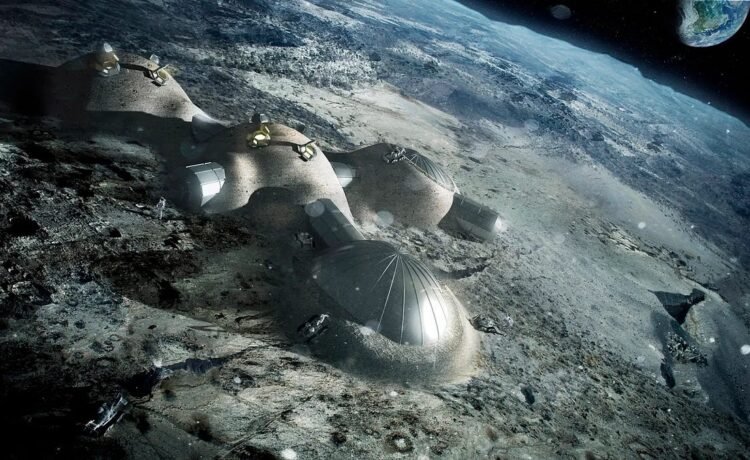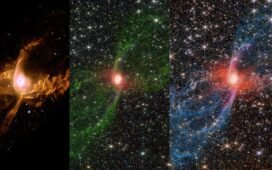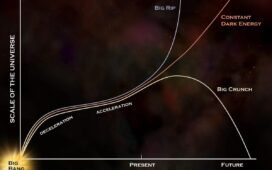The first world beyond Earth for human habitability should be the Moon, not Mars. This is why we should terraform our lunar neighbor first.
No matter how advanced our civilization here on Earth becomes, there’s a sobering fact we have no choice but to reckon with: Earth’s resources are finite. That not only includes the resources we typically think of, like minerals, clean water, and breathable air, but also something even more fundamental and restrictive: land area. No matter how thoroughly we develop, there’s only a finite amount of land area to even potentially inhabit on our planet. Even if we built cities atop our existing cities, beneath them in subterranean passages, or floating atop the oceans, the fact is we’re living on a planet with a finite area and a finite volume, fundamentally limiting our ability to expand.
Even if we develop floating cities, the finite surface area of planet Earth ensures that, beyond a certain point, we’ll need to leave our home planet if we want our civilization to continue to grow. Although many of us have dreamed of living on another world, we have yet to find even a hint of life on a world beyond Earth, much less a fully inhabited planet or one habitable by humans.















